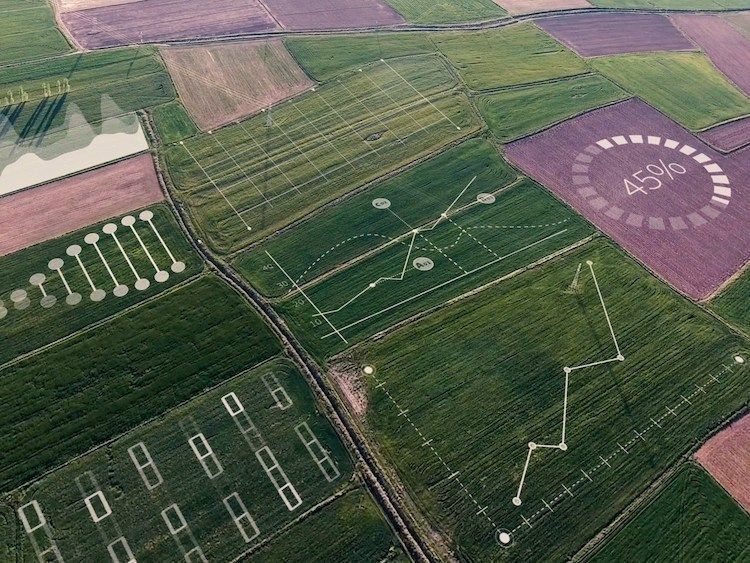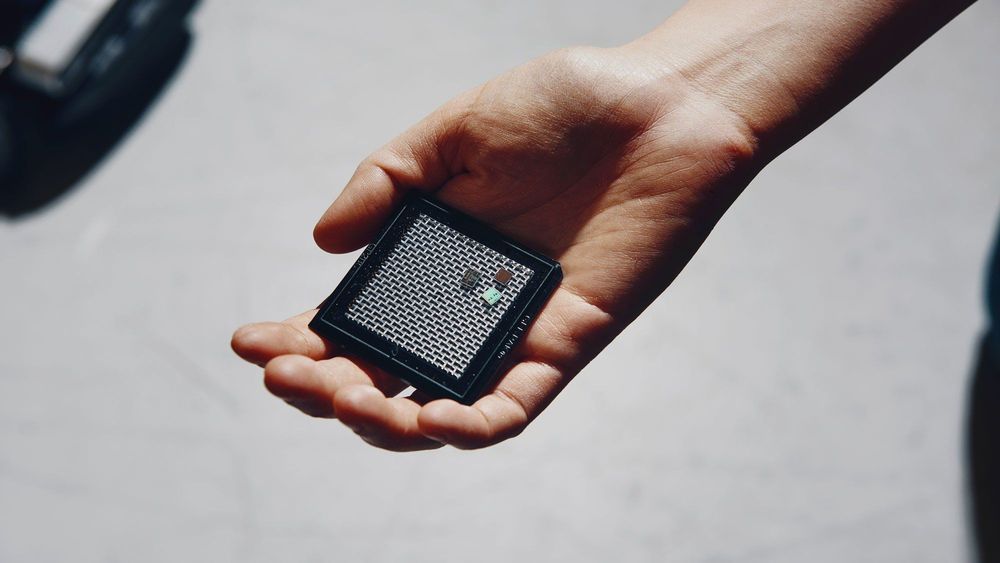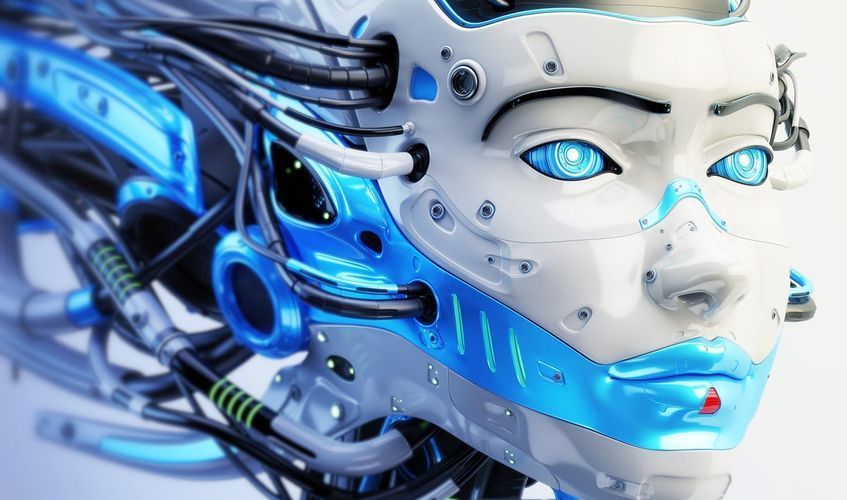Yara International, a crop nutrition company, and IBM, have signed an agreement to build the world’s leading digital farming platform, providing holistic digital services and instant agronomic advice.
Yara and IBM Services will jointly innovate and commercialize digital agricultural solutions that will help increase global food production by drawing on the two companies’ complementary capabilities.
Yara’s agronomic knowledge, backed by more than 800 agronomists and a century of experience, and IBM’s digital platforms, services, and expertise in artificial intelligence and data analytics.








